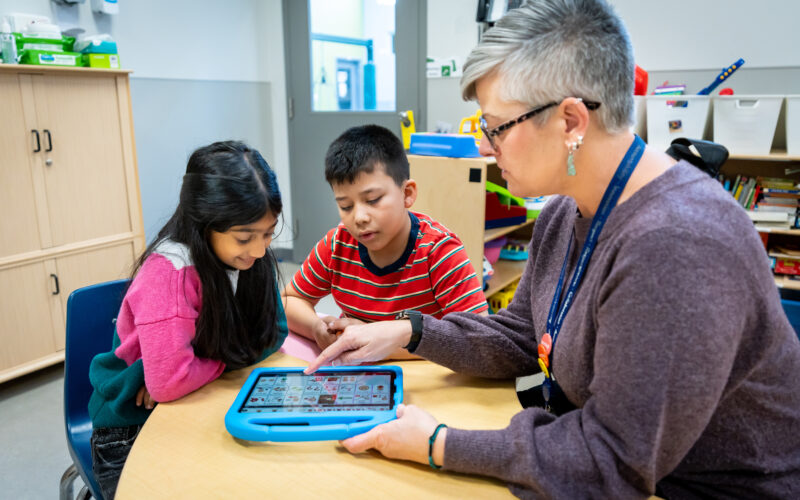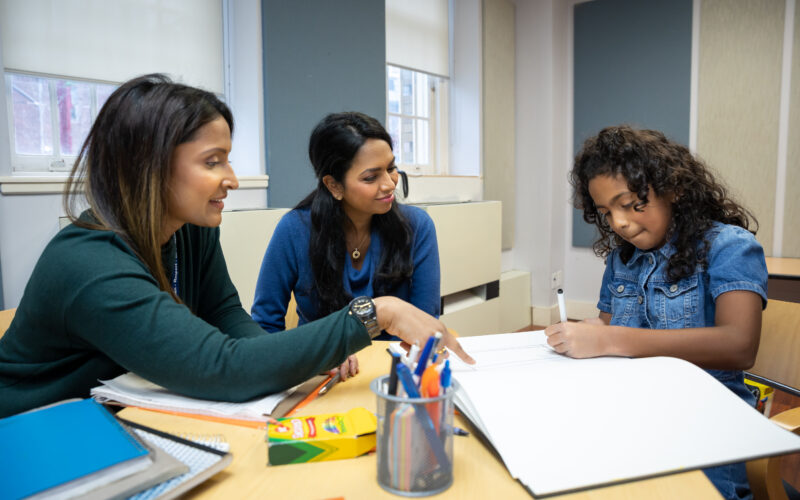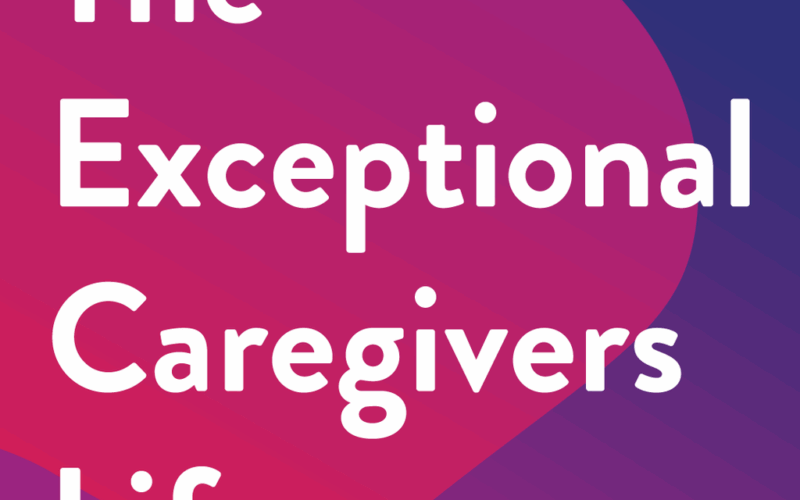Beginning November 1, 2025, Surrey Place will become the lead agency and service provider for the Blind-Low Early Intervention Program (BLVEIP) for Southeastern Ontario, transitioning from KidsInclusive – KHSC who has led BLVEIP services in the region for the past 2 years. This exciting development comes at the invitation of KidsInclusive, with the full support of the Ministry of Children, Community and Social Services (MCCSS).
With extensive experience in delivering specialized programs for individuals and families, Surrey Place has been a recognized organization working in the developmental sector since the 1960s. Surrey Place is currently the lead agency and service provider for the Blind-Low Vision Early Intervention Program (BLVEIP) in Ontario.
Vision and Learning Development
Vision is a critical component of early learning, with 85 percent of all early learning occurring through vision. Children who are born with (or acquire in early childhood) blindness or low vision have a higher chance for developmental delays. That’s why early intervention is key to helping young children with visual impairment build their capacity to meet development and communication goals.
Intervention for visual impairments is most effective when it is found early. Younger children have the ability to build pathways for vision around the affected areas and improve visual processing, according to the Ministry of Children and Youth Services.
Common ways to identify any vision impairments might include:
- Swollen or encrusted eyelids
- Lack of eye contact by three months of age
- Issues with watching or following an object by three months of age
- Lack of coordinated eye movements or frequent jerky eye movements
- Excessive rubbing, blinking, or squinting of the eyes
Learn more
Learn about the signs to look for and why testing for visual impairment is important through the Ministry of Children and Youth Services page.
Blind-Low Vision Early Intervention Program
Our Blind-Low Vision Early Intervention Program (BLVEIP) provides support to families whose child might be diagnosed with vision impairments. The program provides an array of in-home support, community support, and consultation services, from birth to school entry.
The Blind-Low Vision Early Intervention Program at Surrey Place includes the following components:
- In-home appointments
- Early learning and childcare centre consultation
- Professional consultation and collaboration
- Attending ophthalmology appointments with the family
- Written reports, assessments and Family Service Plans
The partnership with KidsInclusive and Surrey Place has been a seamless transition. As the provincial lead for BLVEIP training and development, Surrey Place is excited to expand partnerships and services to reach more families across Ontario.
If you live in Toronto, Halton and Peel, Durham and York or Southeastern Ontario, you can view our website to learn more about how you can make a referral to our BLVEIP.
We’re really excited to be joining the Kingston community and expanding our services through the Blind-Low Vision Early Intervention Program. It’s a wonderful opportunity to connect with new families and partners, and to continue helping children with visual impairments reach their full potential.
Lindsay Hillier, Manager, Blind-Low Vision Early Intervention Program
KidsInclusive is proud to have worked alongside Vision Loss Rehabilitation Canada to provide the BLVIEP program to families and children in the Southeast region of the province. We are confident that the transfer of this program to Surrey Place will help to ensure families have continued expert and sustainable service now, and for years to come.
Christine Kasserra, Interim Director, KidsInclusive
About Surrey Place: Surrey Place is a not-for-profit organization that helps people of all ages with autism-, developmental-, and sensory-related concerns push the boundaries of what’s possible to achieve new victories. With a holistic circle of care approach, Surrey Place brings together caring clinicians, staff, valued partners and other experts to collaborate for the client’s best interests. The organization works with clients throughout their lives, creating inventive and innovative programs so they can keep building their skills, grow their self-confidence and set their sights even higher. Since 1962, Surrey Place has supported people with varying and complex needs in the Toronto region and more recently, Northwestern Ontario. Surrey Place is accredited with Exemplary Standing by Accreditation Canada through the healthcare program.
About KidsInclusive: Kingston Health Sciences Centre, formerly known as the Child Development Centre, is located at the Hotel Dieu Hospital site and is one of 21 Children’s Treatment Centres in Ontario. For over 50 years we have proudly provided rehabilitation and support services for children and youth with physical, neurological and/or developmental challenges in the Kingston, Frontenac, Lennox and Addington counties as well as communities in Lanark, Leeds and Grenville counties.


